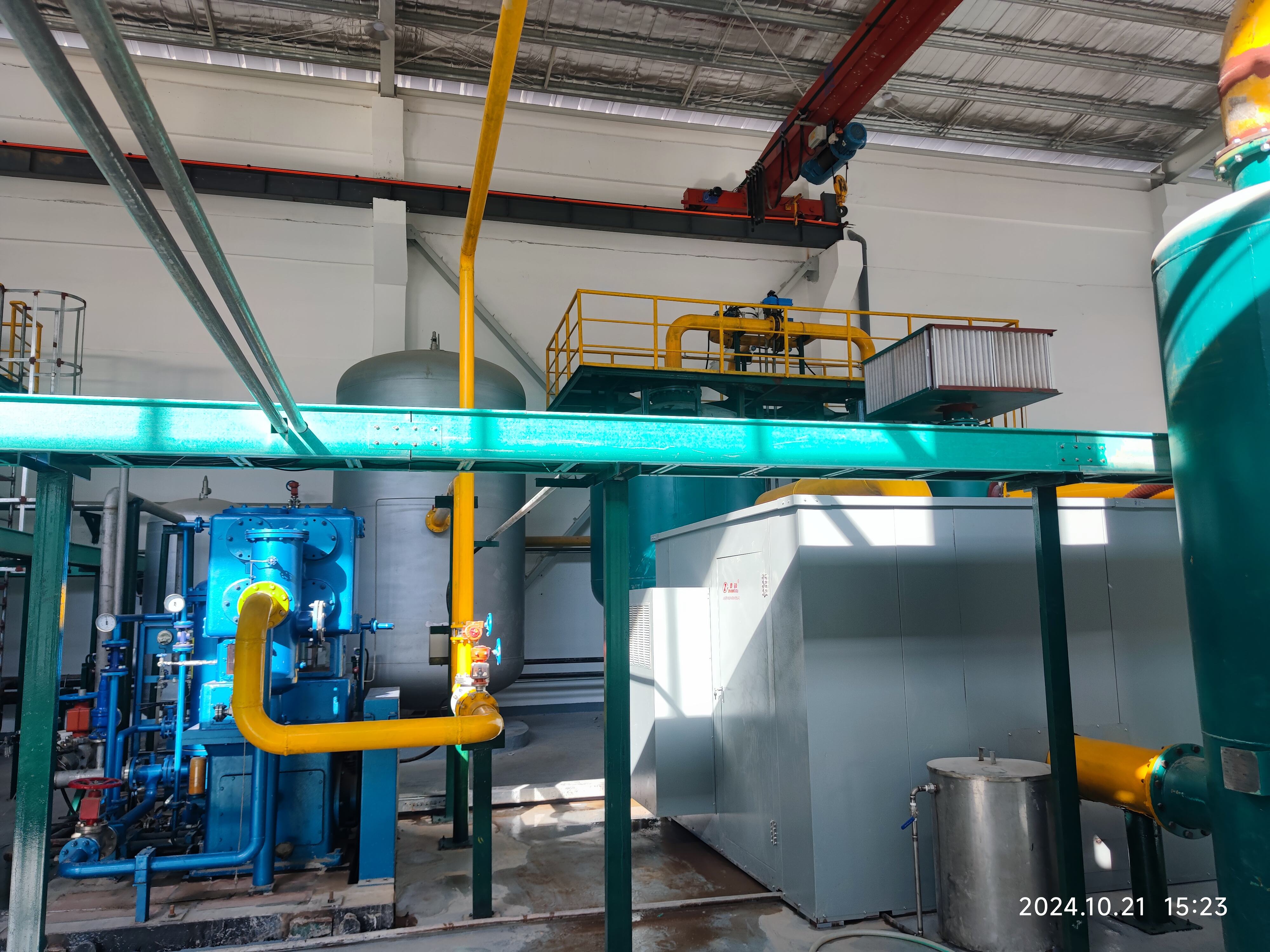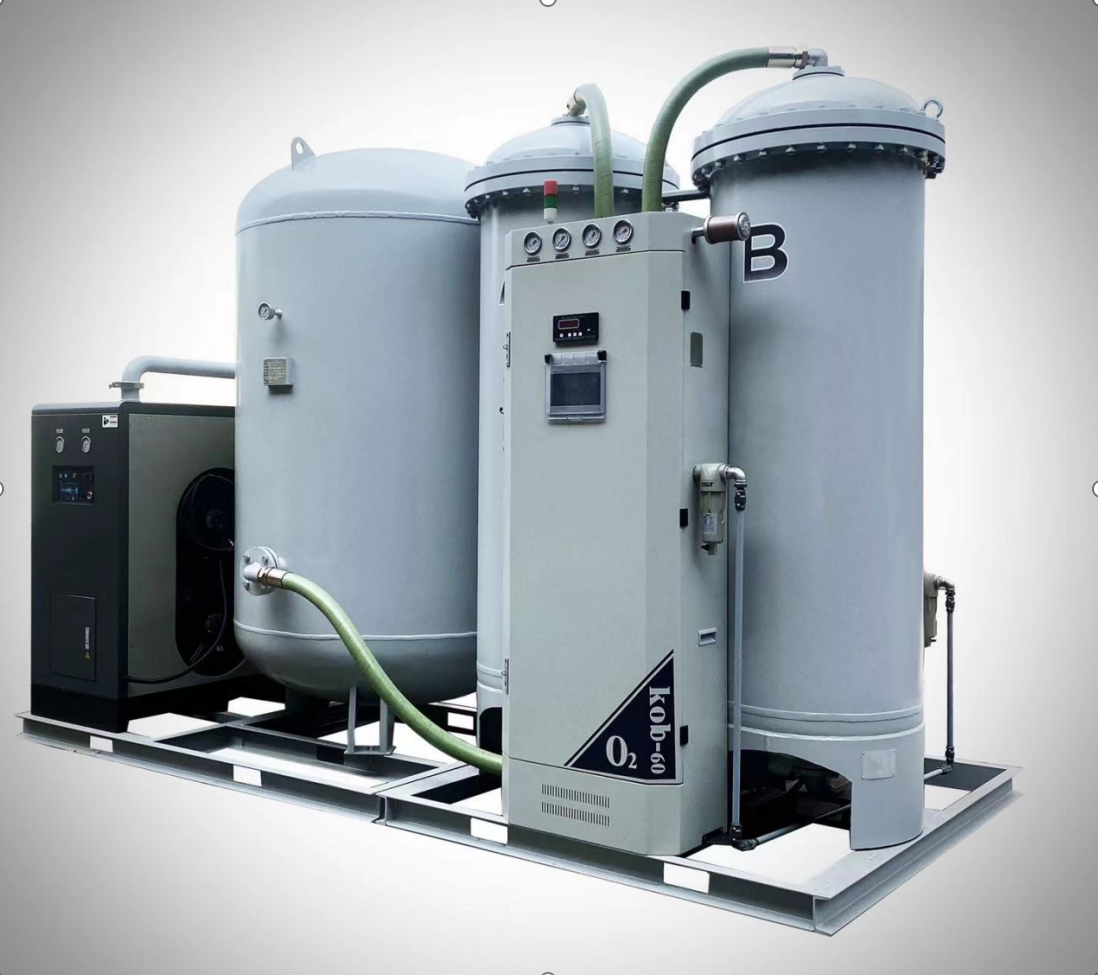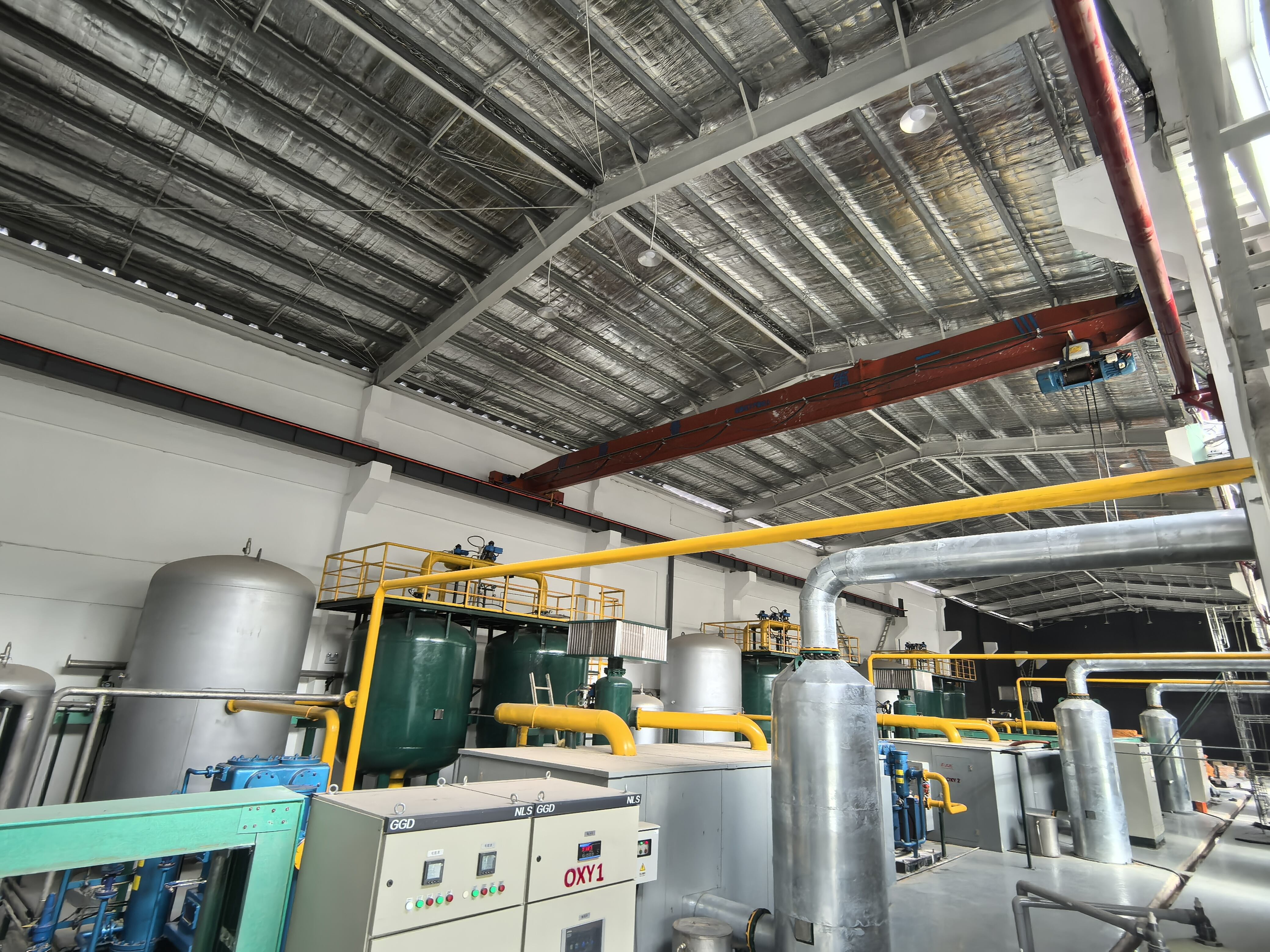vpsa for oxygen production
VPSA (Vacuum Pressure Swing Adsorption) technology for oxygen production represents a groundbreaking advancement in gas separation systems. This innovative process operates by utilizing specialized molecular sieve materials to separate oxygen from atmospheric air, achieving purities of up to 95%. The system works through a cyclical process of pressurization and vacuum desorption, allowing for continuous oxygen production. At its core, VPSA technology employs two or more adsorber vessels filled with zeolite material, which selectively captures nitrogen while allowing oxygen to pass through. The process begins with atmospheric air being compressed and directed through these vessels, where the zeolite material adsorbs nitrogen, carbon dioxide, and water vapor, effectively concentrating the oxygen. The system then undergoes a vacuum phase to regenerate the adsorbent material, making it ready for the next cycle. Modern VPSA systems are equipped with advanced control systems that optimize the cycling times and process parameters, ensuring maximum efficiency and consistent output. These systems can be scaled to meet various production requirements, from small medical facilities to large industrial applications, offering flow rates from a few hundred to thousands of cubic meters per hour. The technology's reliability and efficiency have made it particularly valuable in industries requiring consistent, high purity oxygen supply, such as healthcare, metal processing, and wastewater treatment.


